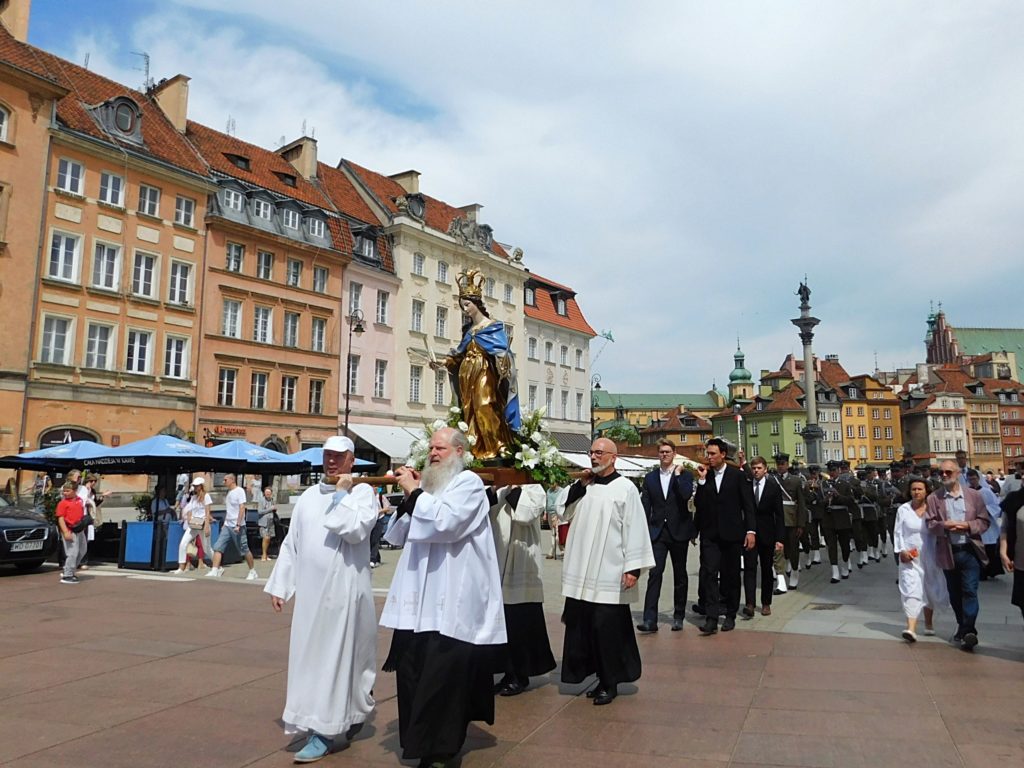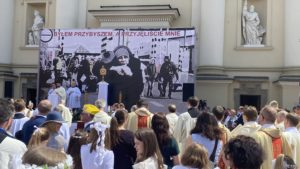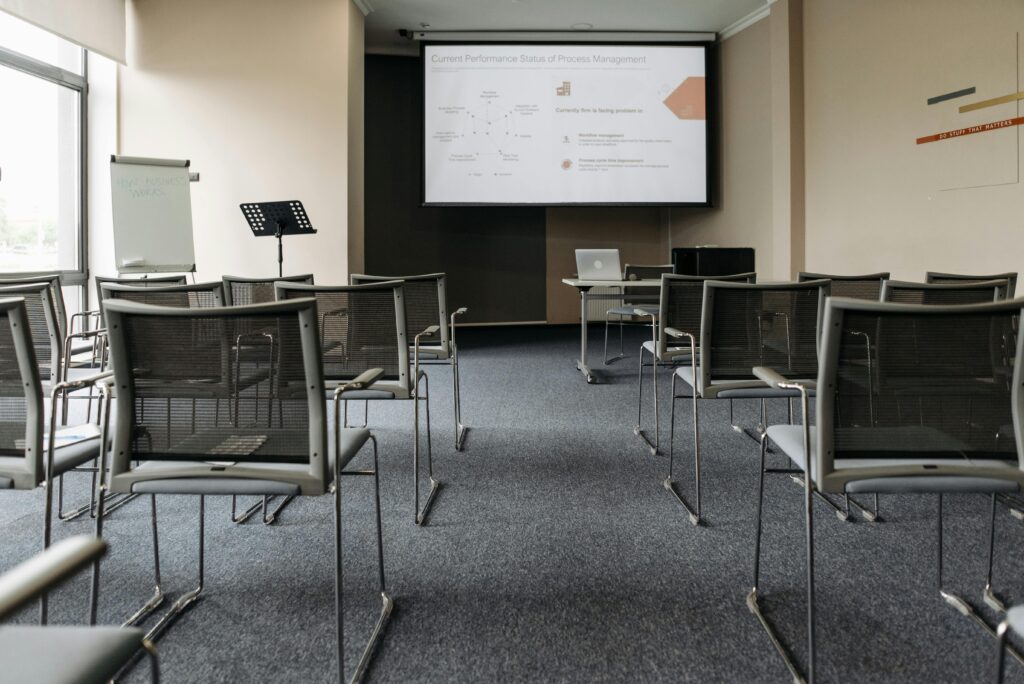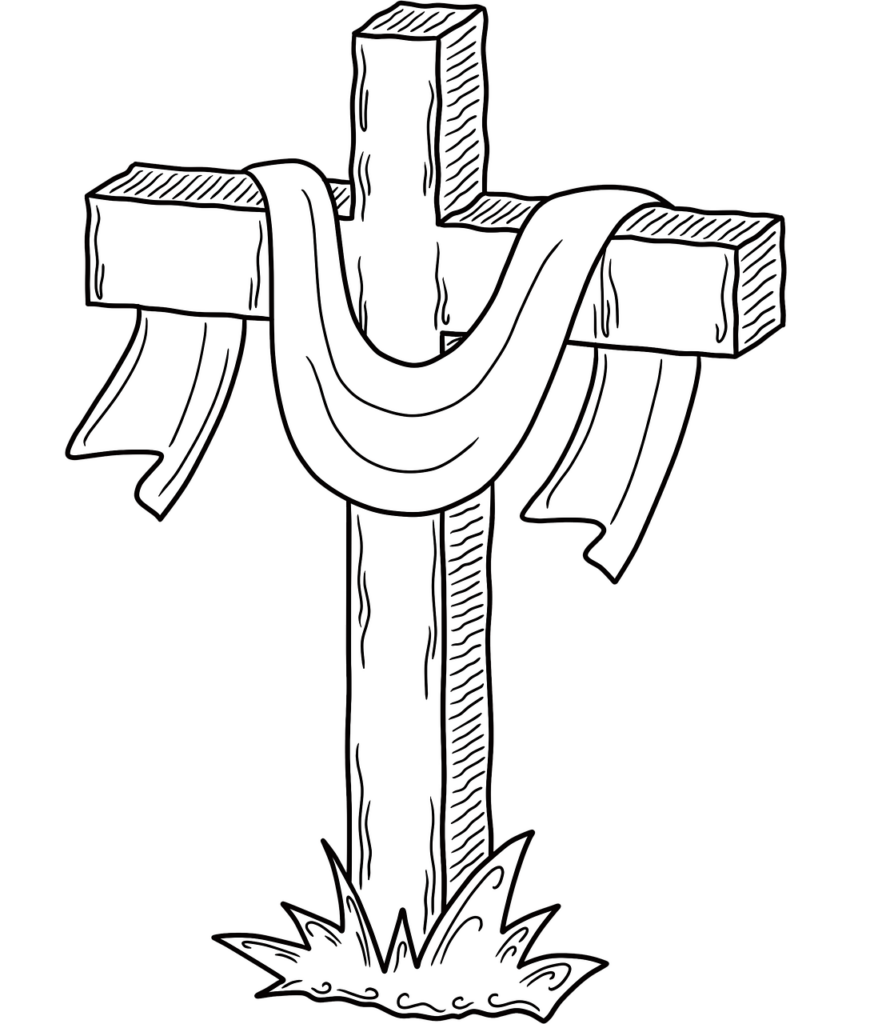Poland: Millions participated in Corpus Christi processions in Polish cities
Corpus Christi celebrations in Poland date back to the fourteenth century.

Millions of Poles walked through the streets of cities and towns across Poland, taking part in the traditional Corpus Christi processions. Poles celebrate the Solemnity of the Most Holy Body and Blood of Christ on the Thursday after Trinity Sunday.
Corpus Christi celebrations in Poland date back to the fourteenth century. The processions that set out after Holy Mass from churches in cities and villages throughout Poland on the feast of Corpus Christi are truly unique. Their participants openly profess their faith and ask for God’s blessing upon their homes, workplaces, fields, and farms.

At times, the distance to be covered is quite long. Procession participants stop at four altars, decorated with flowers and birch branches, to listen to the Gospel about the Eucharist. Singing Eucharistic songs, they follow the priest carrying the Blessed Sacrament.
Many Poles participating in the procession wear colourful folk costumes associated with a particular region of Poland. Men carry flags and banners depicting patron saints, while women carry portable religious images; painted on both sides, they are adorned with flowers. Girls spread varicoloured flower petals in front of the priest carrying a monstrance, and boys ring bells to signal the approach of the Eucharistic Lord. The events are attended by orchestras and folk music groups.
After the processions end, the participants take home the flowers and birch branches from the altars as a sign of God’s blessing. Farmers throw the branches onto their fields to obtain a good harvest.
Another unusual tradition is the preparation of flower carpets in churches and city streets along the route of the Eucharistic procession. The most famous flower carpets in Poland are made in Spycimierz (central Poland). They are almost 1 km long. The tradition, harking back to the early 19th century, was entered on UNESCO’s Representative List of the Intangible Cultural Heritage of Humanity in 2021.
Related

Reflection by Bishop Enrique Díaz: The Lord’s mercy is eternal. Alleluia
Enrique Díaz
27 April, 2025
5 min

After Eight Days Jesus Arrived: Commentary by Fr. Jorge Miró
Jorge Miró
26 April, 2025
3 min

The Perspectivas del Trabajo Foundation is founded with the aim of promoting virtues for professional development
Exaudi Staff
25 April, 2025
2 min

Reflection by Bishop Enrique Díaz: Alleluia, alleluia
Enrique Díaz
20 April, 2025
5 min
 (EN)
(EN)
 (ES)
(ES)
 (IT)
(IT)

